Understanding Illness Perceptions in Epilepsy Across All Ages
This study looked at how people with epilepsy understand their illness and how these perceptions affect their health and emotions.
Pediatric epilepsy research translated for parents into normal language, including summaries about diagnosis, treatments, school, safety, and safety.
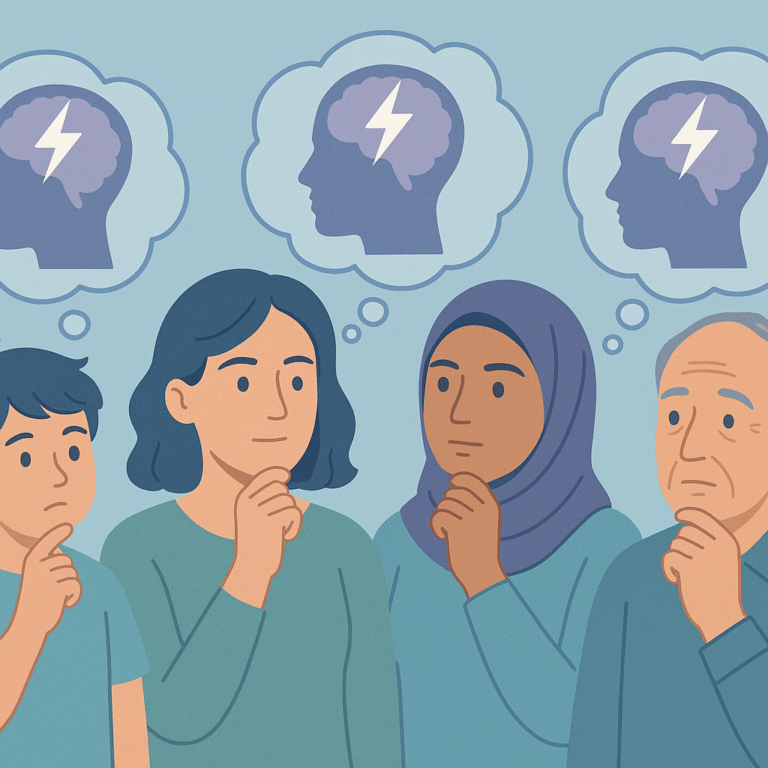
This study looked at how people with epilepsy understand their illness and how these perceptions affect their health and emotions.
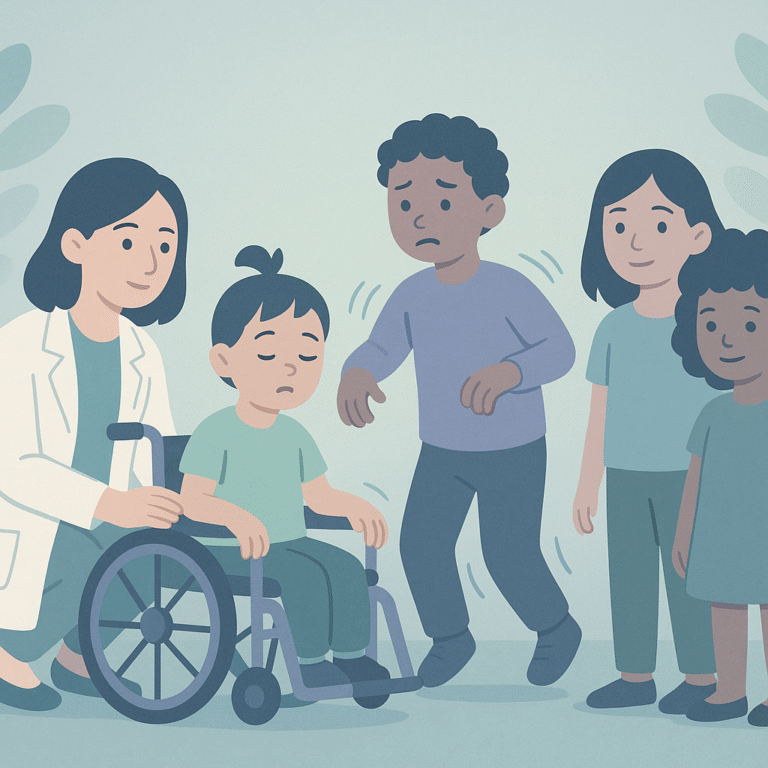
Researchers studied a 9-year-old girl with a rare movement disorder linked to a mutation in the GNAO1 gene.
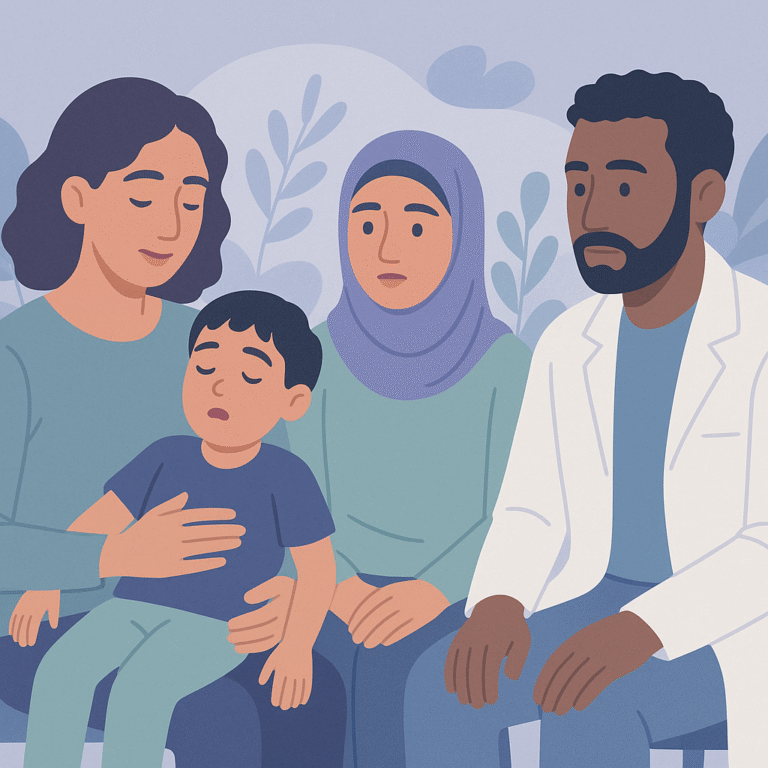
This study looked at pediatric epilepsy in Palestine, focusing on children aged 2 months to 18 years who were diagnosed between 2019 and 2024.

Researchers studied adolescents who were newly diagnosed with focal epilepsy to understand how often they experience thoughts of suicide, known as suicidality.
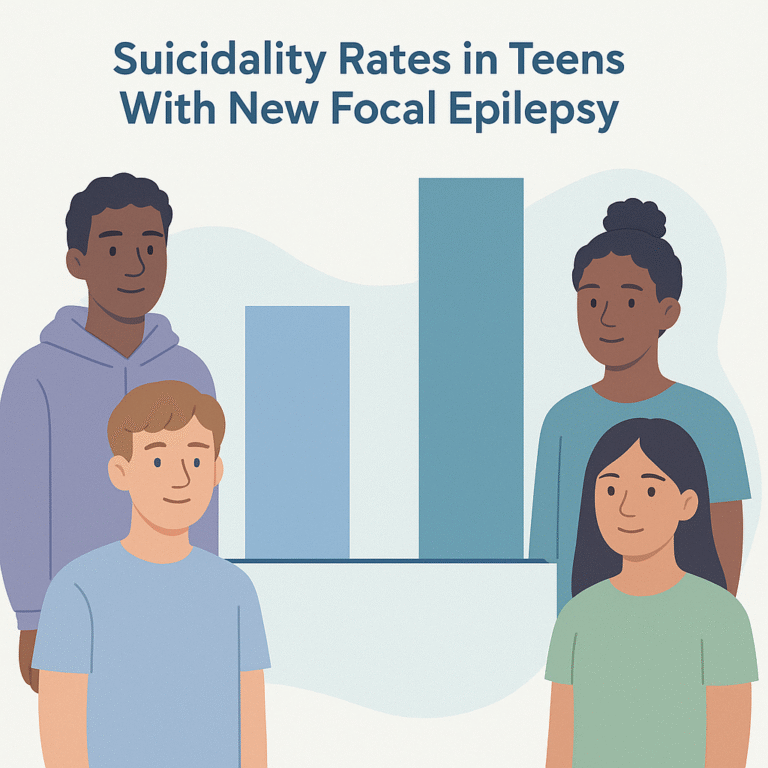
Researchers studied the mental health of adolescents who were newly diagnosed with focal epilepsy.
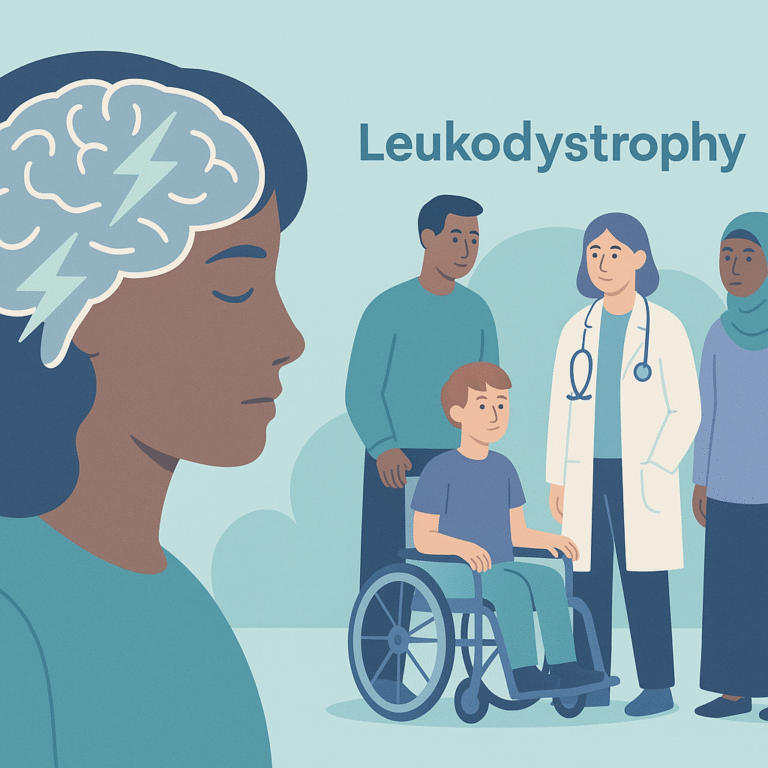
This study looked at the occurrence of seizures and epilepsy in children diagnosed with leukodystrophies, which are rare brain disorders that affect the white matter of the brain.
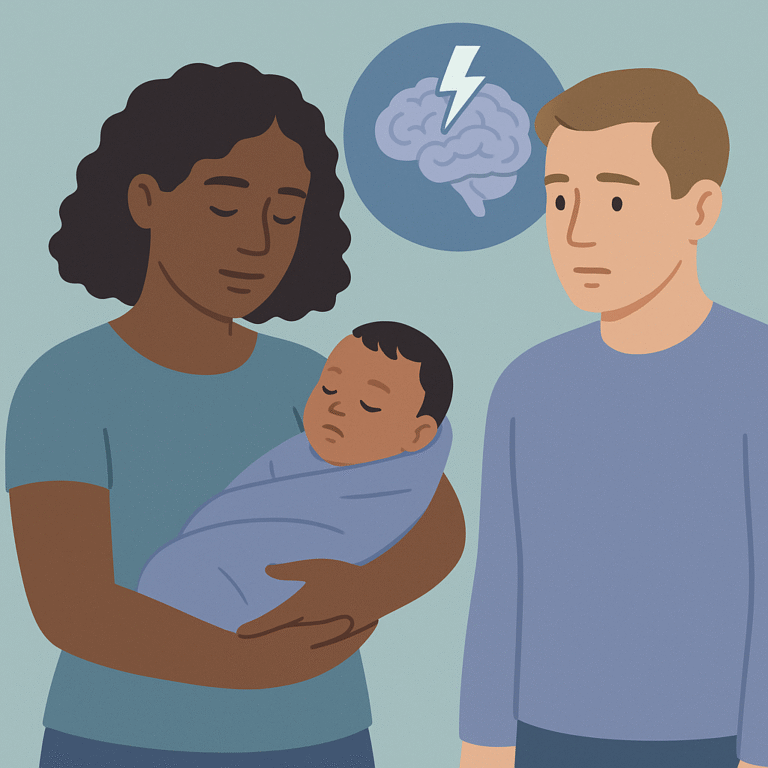
A recent study from Sweden looked at the risk of developing epilepsy after infants experienced seizures shortly after birth.

This study looked at how child neurologists talk to female patients with epilepsy about reproductive health.
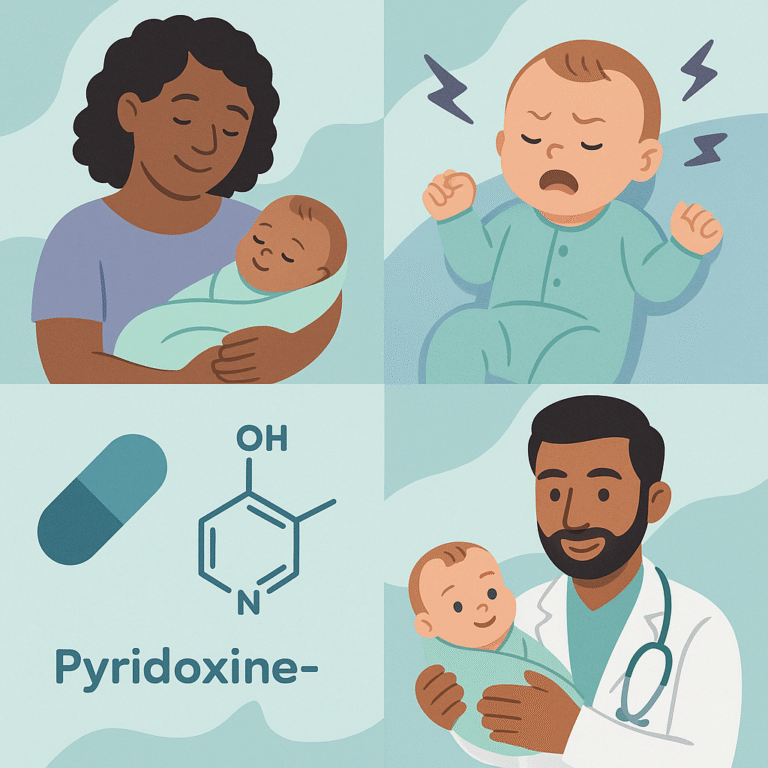
Researchers studied a rare condition called Pyridoxine-Dependent Epilepsy (PDE), which is caused by changes in a gene known as ALDH7A1.